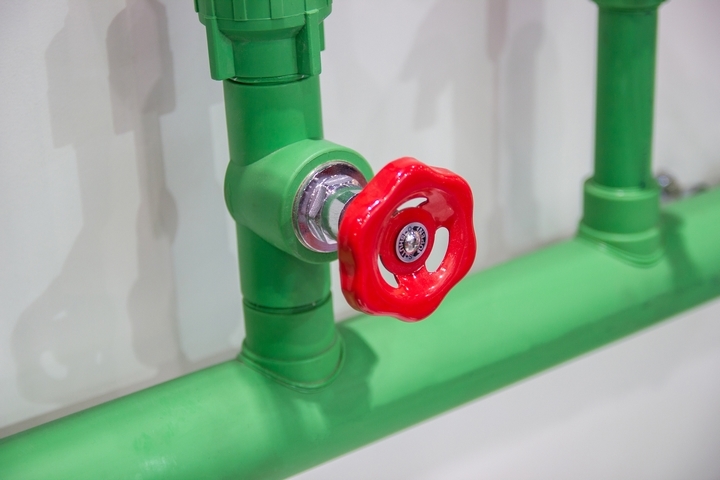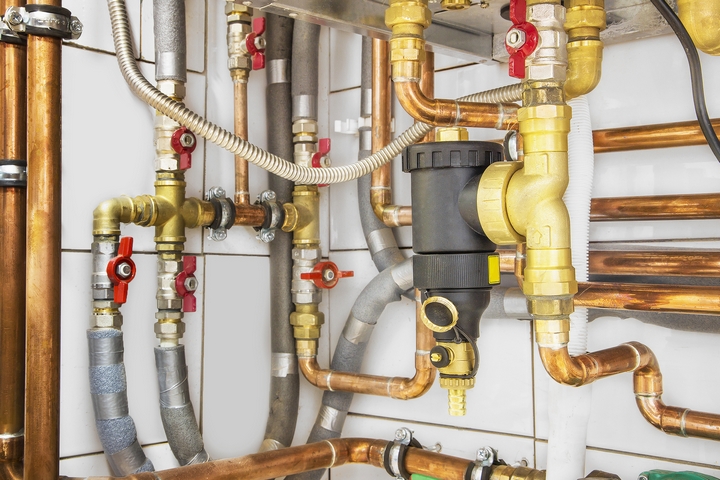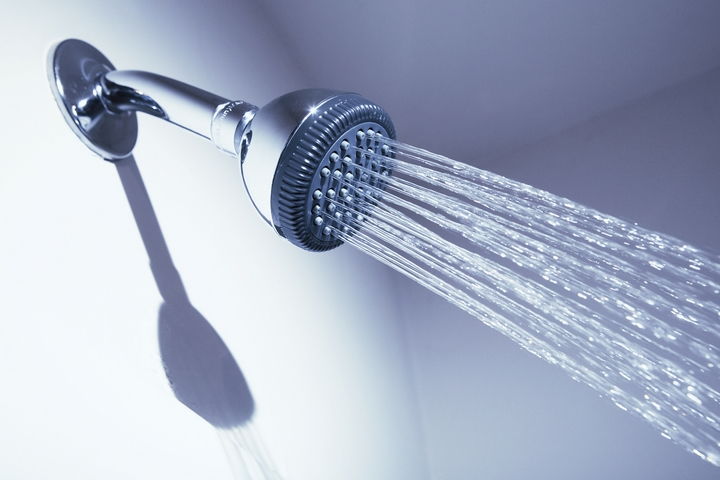It’s a real pleasure stepping into a hot, steamy shower after a long day. When the water pressure is not quite pushing through enough, you might understandably end up disappointed. A shower with low water flow can usually be attributed to specific issues. In many cases, these are low water pressure problems that can be easily resolved either by doing it yourself or scheduling a plumber’s visit.
If your home’s plumbing system is old or hasn’t been properly maintained, you may have a blockage or leak somewhere in the pipes. This will cut down on water pressure in your shower. Unfortunately, you can’t fix this one on your own. In some cases, the issue may even be tied to main water pipes that would be your local authority’s responsibility to resolve. For a proper diagnosis, speak with a professional plumber.
Here are ways on how to fix low water pressure in a shower:
Clean Your Shower Head
 In fixing low water pressure, start small. If it’s an older showerhead, clean it. Sediment, a la limescale and mineral deposits, can block the holes where the water would normally come through. Unscrew the showerhead, clean the sediment off with a toothbrush or a similar brush, and make sure all sediment buildup is removed. If you’re having trouble removing the sediment, soak the showerhead in vinegar overnight. This will be enough to remove all that gunk.
In fixing low water pressure, start small. If it’s an older showerhead, clean it. Sediment, a la limescale and mineral deposits, can block the holes where the water would normally come through. Unscrew the showerhead, clean the sediment off with a toothbrush or a similar brush, and make sure all sediment buildup is removed. If you’re having trouble removing the sediment, soak the showerhead in vinegar overnight. This will be enough to remove all that gunk.
Look for a Flow Restrictor
 New showerheads often have a flow restrictor in the design. This is done to reduce water usage. However, it can be problematic when you already have low water pressure issues. A flow restrictor will further cut down on the water that comes through. Fortunately, how to fix this water pressure issue is to simply remove the flow restrictor. Your showerhead user manual will tell you how.
New showerheads often have a flow restrictor in the design. This is done to reduce water usage. However, it can be problematic when you already have low water pressure issues. A flow restrictor will further cut down on the water that comes through. Fortunately, how to fix this water pressure issue is to simply remove the flow restrictor. Your showerhead user manual will tell you how.
Look at the Main Water Valve
 Make sure your main water valve is fully open. If you just moved in or had a renovation done, perhaps the water’s been shut off. The water shut-off valve will usually be located where water first enters the home or the basement. It typically has a red lever. This should be fully open, not partially open or closed.
Make sure your main water valve is fully open. If you just moved in or had a renovation done, perhaps the water’s been shut off. The water shut-off valve will usually be located where water first enters the home or the basement. It typically has a red lever. This should be fully open, not partially open or closed.
Check the Water Heater
 Another place to look is the water heater. If you have good water pressure with cold water but lower pressure with hot water, it’s possible trouble with the water heater. Be sure that the shut-off valve’s open. Another water heater issue is that the water tank’s blocked by sediment. Flushing out the lines and draining the water heater should remove the debris in the pipes, fully resolving low water pressure in the shower if this is indeed the issue.
Another place to look is the water heater. If you have good water pressure with cold water but lower pressure with hot water, it’s possible trouble with the water heater. Be sure that the shut-off valve’s open. Another water heater issue is that the water tank’s blocked by sediment. Flushing out the lines and draining the water heater should remove the debris in the pipes, fully resolving low water pressure in the shower if this is indeed the issue.
Search for Leaky Pipes
 You may not be getting enough water from your shower due to a pipe leaking. Some pipes you can see, but a lot you can’t. You want to find a leaky pipe quickly as its damage is significant. Have a plumber conduct a thorough inspection and get those repaired if you suspect leaks. If you find a leak that you need to be solved right away, a temporary repair substance like epoxy putty can do the trick until you have the chance to schedule a plumber’s visit.
You may not be getting enough water from your shower due to a pipe leaking. Some pipes you can see, but a lot you can’t. You want to find a leaky pipe quickly as its damage is significant. Have a plumber conduct a thorough inspection and get those repaired if you suspect leaks. If you find a leak that you need to be solved right away, a temporary repair substance like epoxy putty can do the trick until you have the chance to schedule a plumber’s visit.
Buy a New Shower Head
 A shower head for low water pressure is a specialty fixture designed to increase water flow when there are unresolvable pressure issues. Although the cause of low water pressure is left untouched, you can get a more powerful jet of water from this specialty shower head than a standard one. This is a much more affordable option for many homes than major plumbing repairs, although it is a Band-Aid solution.
A shower head for low water pressure is a specialty fixture designed to increase water flow when there are unresolvable pressure issues. Although the cause of low water pressure is left untouched, you can get a more powerful jet of water from this specialty shower head than a standard one. This is a much more affordable option for many homes than major plumbing repairs, although it is a Band-Aid solution.
Buy and Install a Shower Pump
 If you’re looking for a resolution that’s a little more powerful albeit expensive, a shower pump boosts low water pressure and can help in a big way. You will most likely need a plumber to install one unless you have fairly advanced plumbing skills on your side. There are different shower pumps available, and your plumber may be able to recommend certain solutions appropriate for your property.
If you’re looking for a resolution that’s a little more powerful albeit expensive, a shower pump boosts low water pressure and can help in a big way. You will most likely need a plumber to install one unless you have fairly advanced plumbing skills on your side. There are different shower pumps available, and your plumber may be able to recommend certain solutions appropriate for your property.
Shower During Off-Peak Hours
 Although it’s not common, sometimes low water pressure is merely from too many people taking showers at once. When there is more demand for water but only so much to distribute, you understandably get less when you turn on the showerhead. Consider scheduling a shower during off-peak hours. It’s worth a try. You may find the water pressure improved, and it won’t cost you a plumber’s visit.
Although it’s not common, sometimes low water pressure is merely from too many people taking showers at once. When there is more demand for water but only so much to distribute, you understandably get less when you turn on the showerhead. Consider scheduling a shower during off-peak hours. It’s worth a try. You may find the water pressure improved, and it won’t cost you a plumber’s visit.
Replace a Faulty Water Pump from a Well
 If you are getting your water from a well, as many people do in rural areas, it’s not uncommon to find a broken or faulty pump. If that’s why you’re getting low water pressure while showering or elsewhere in the home, all you need is a replacement pump. If you don’t have a well, you evidently won’t run into this trouble.
If you are getting your water from a well, as many people do in rural areas, it’s not uncommon to find a broken or faulty pump. If that’s why you’re getting low water pressure while showering or elsewhere in the home, all you need is a replacement pump. If you don’t have a well, you evidently won’t run into this trouble.




